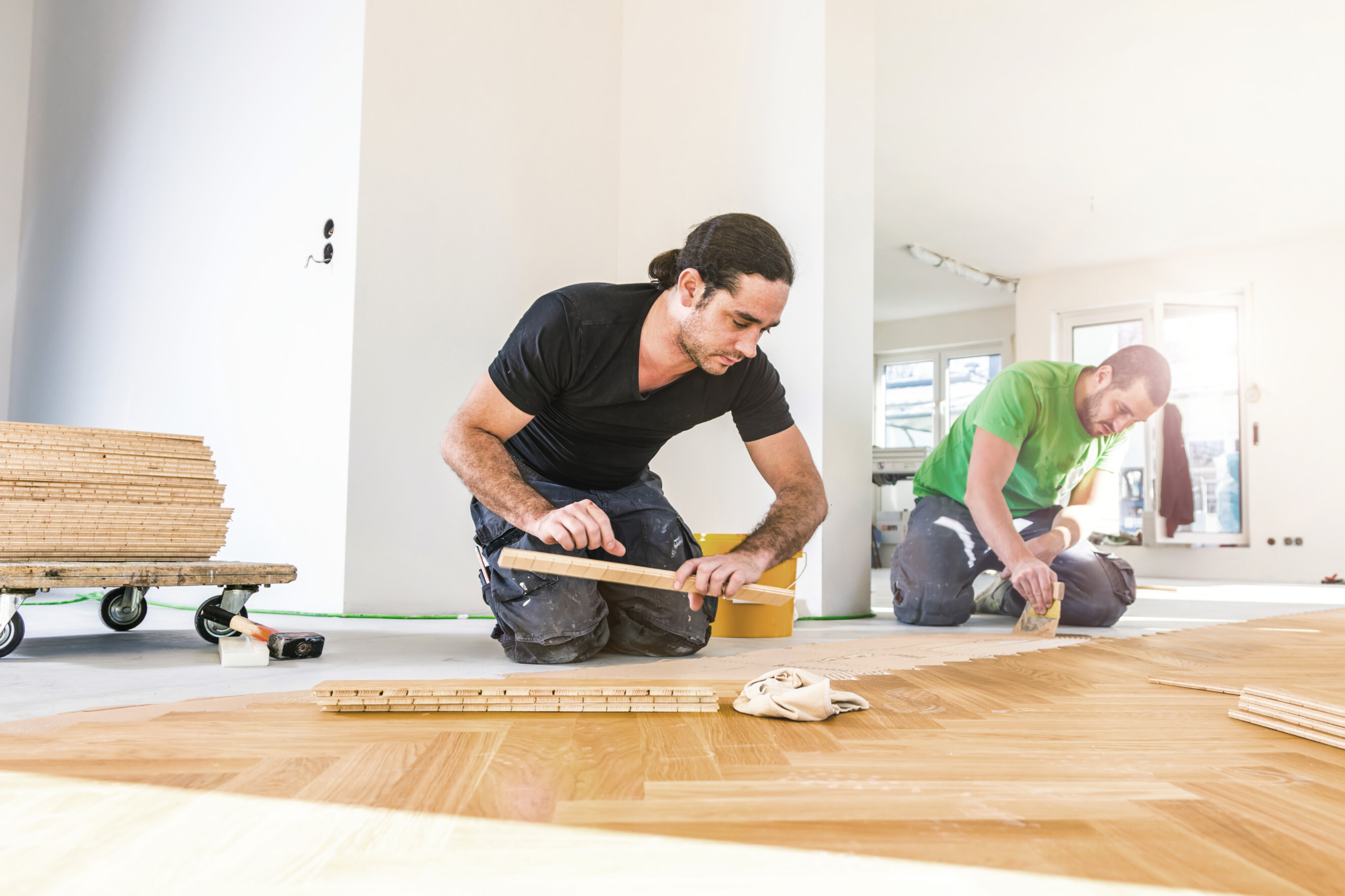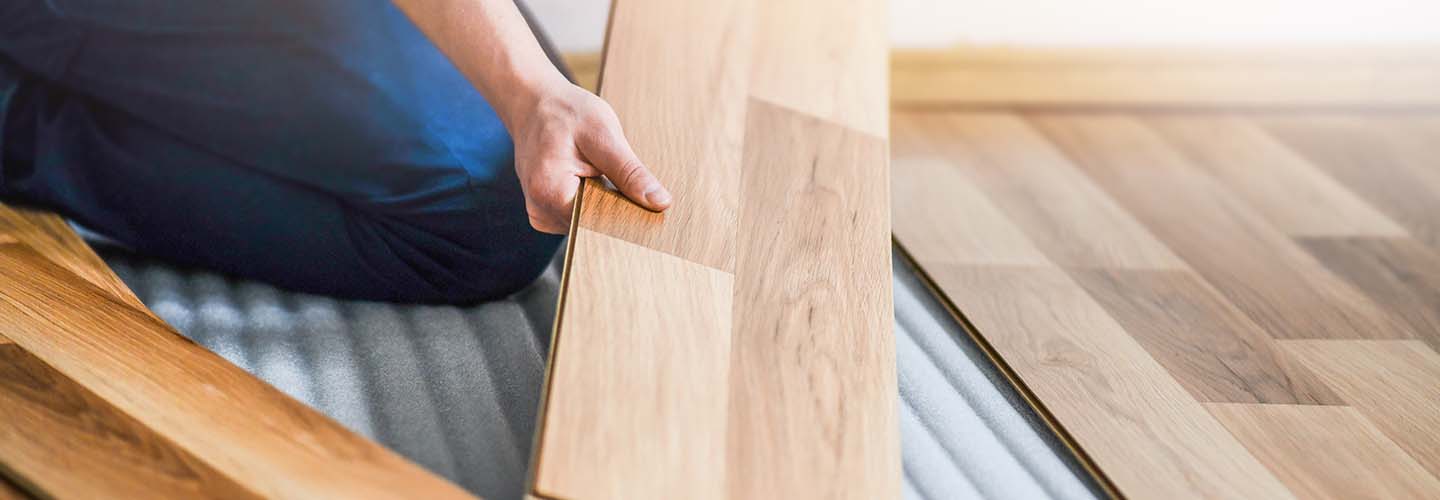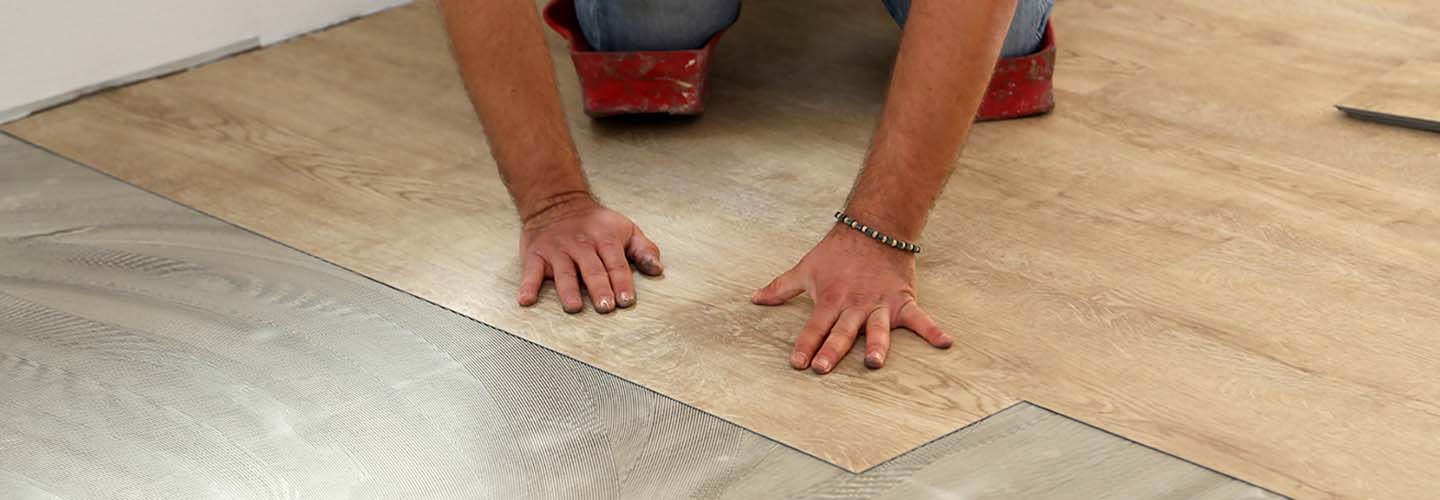
Find professional floating flooring services near you
Fill in a short form and get free quotes from experienced floating flooring contractors in minutes
To install floating flooring with ease
- Floating floor installation
- Floating vinyl plank flooring
- Floating vinyl floor installation
- Floating hardwood floor installation
- … or anything else
Similar Floating Flooring services you might be interested in Ireland
What is Airtasker?

Post your task
Tell us what you need, it's FREE to post.

Review offers
Get offers from trusted Taskers and view profiles.

Get it done
Choose the right person for your task and get it done.
Why hire a floating flooring service through Airtasker?
Floating flooring is a revolution in the architectural, construction, and DIY world. It’s incredibly easy to install, very affordable to work with, and you can even pick up and take the flooring with you whenever you move! And while one can easily install floating floors themselves, it always helps to work with a specialist. That’s where Airtasker comes in.
When you book a floating flooring service via our platform, you’ll get a range of options when it comes to budget, customer ratings, and expertise - all within your location. Post a request, indicate all the details for the job, and wait for offers from nearby Taskers. Then, take your pick and confirm your appointment. No need to scout through websites or ask your local hardware stores. No need to learn how to install the flooring yourself!
You don’t even need to wait for an appointment date - on Airtasker, you’ve got a better chance of finding someone who’s available when you are. If you’ve finally decided to go with floating floors, tap “Post a task” to start requesting a specialist near you.
Local, skilled pros
Real reviews
Flexible pricing
Offers in no time
Top Floating Flooring related questions
Floating floors are made of three layers: the flooring surface you walk on (wood, laminate, or vinyl), subflooring, and a network of joints that form the skeleton of the floating flooring. Unlike other types of floors that need to be glued or nailed down, floating floor installation uses a click-lock system. This saves time and effort, and they make it easier for you to renovate or even bring the flooring from an old flat to a new one.
Yes, you can. Experts advise that you install laminate flooring (such as floating floors) before putting in your toilet and other fixtures. This is because the flooring will expand and contract slightly due to the humidity and temperature. This affects any caulking that will be applied around the toilet. Also, you’ll get a better seal against water damage if you start with the flooring.
This depends on the kind of material that makes up the top layer of your floating floors. Timber, for example, needs to be vacuumed, spot-cleaned, mopped, then left to air-dry. Laminate flooring, on the other hand, needs only a quick sweep and dry brush. Avoid cleaning laminate flooring with water - when mopping, keep the water level to an absolute minimum. If you aren’t sure how to properly clean your floors, you can always ask your floating floor specialist or book a cleaner near you.
First off, a floating floor will always have a certain amount of movement due to its nature. Choosing underlayments like cork (instead of foam) usually results in less movement, so you might want to consider choosing that type of floating floor. If you’ve had your floating floors for some time, and they move and creak, it may be time to redo or repair them.
Yes, but you’ll need to make some adjustments to avoid damaging the floors. If you want to have a kitchen island or heavy appliances on top of your floating floors, for example, you’ll need to select flooring that’s designed for kitchens. Also, you’ll need to construct wooden cleats to stop cabinets from moving, and use rollers underneath your refrigerator and other pieces of furniture. Remember to avoid dropping, dragging, or slamming heavy furniture onto your floors.
Yes, floating floors can be quite noisy underfoot since they are not attached to the subfloor. Also, there is a lot more wood-on-wood contact within a floating floor. But do note that poor quality materials and installation can also increase the amount of noise that your flooring generates. If you’d like to avoid noise complaints from your downstairs neighbour, consider working with a Tasker near you.
Related Services near me
What do floating flooring services include?
Floating flooring services include the materials, tools, and actual legwork of fitting your floors. In some cases, you can have a Tasker purchase the planks or sheets on your behalf. Or, you can buy these yourself and book a Tasker to take care of the installation. If you’d like some help moving the furniture before and after the fitting, they may be able to do this, too.
Though the exact details may vary depending on the Tasker you book, here’s what you can expect when you request a floorer via Airtasker:
Materials and tools
Your floorer arrives with the complete materials and tools necessary for installing your floating floors. These include shims, tape measure, a hammer, tapping block or pull bar, a circular saw or another power saw, a utility knife, trim saw, flat pry bar, wide putty knife, a combination square, and a pencil.
If you requested them to purchase the flooring for you, your hired specialist would get snap-together flooring, foam or cork underlayment, and tape. Not sure what colour or width of planks to choose for your room? You can consult an interior designer before redoing your floors.
Preparing the floor and planks
Your floorer starts by leaving the planks in the room for two days so they can acclimate to the humidity. Thus, it’s advisable that you get your flooring in advance. Once the planks are ready, your floorer removes the skirting boards and cuts the line between the trim and the wall to prevent the paint from cracking. They’ll remove the debris, roll out the underlayment, then cut the underlayment with a utility knife. After this, they’ll butt the sides of the pieces together and tape up the joints.
Installing the planks
Next, your floorer starts to lay out the planks and cuts them to size. Then, they’ll install the first row of planks. Your specialist will leave 1/4-inch spaces after every foot to allow the planks some room to expand. When it comes to the succeeding rows of planks, they’ll snap them into the first row, close up gaps, and offset joints by at least 3 inches.
Once they reach the last row, your floorer sets shims against the wall, measures the width in several places, then cuts the planks to size. They may use a pull bar to ensure a tight fit in this row.
Reinstalling the skirting board
Once you and your floorer are happy with the flooring, they’ll reinstall the skirting boards and seal all exposed edges. Sealing is especially important in bathrooms and utility rooms so moisture can’t get underneath the boards.



